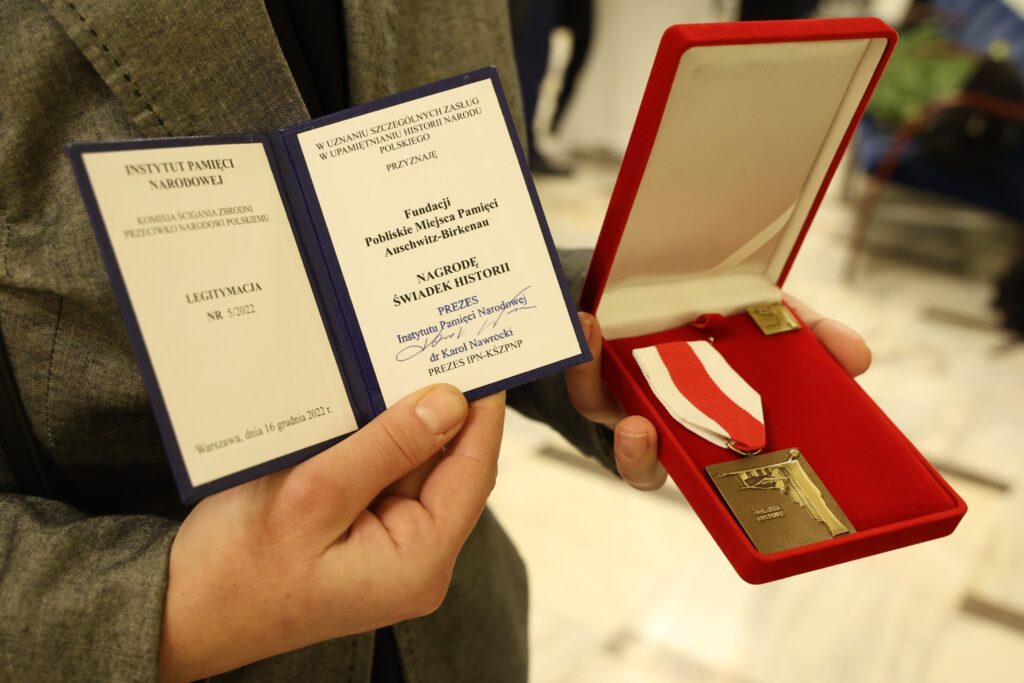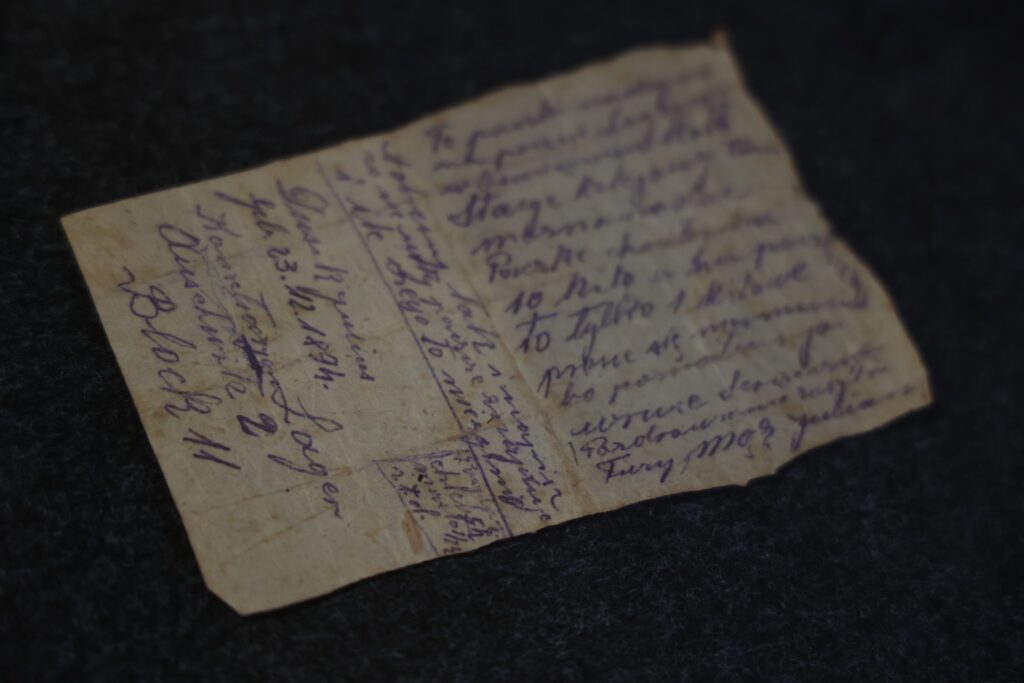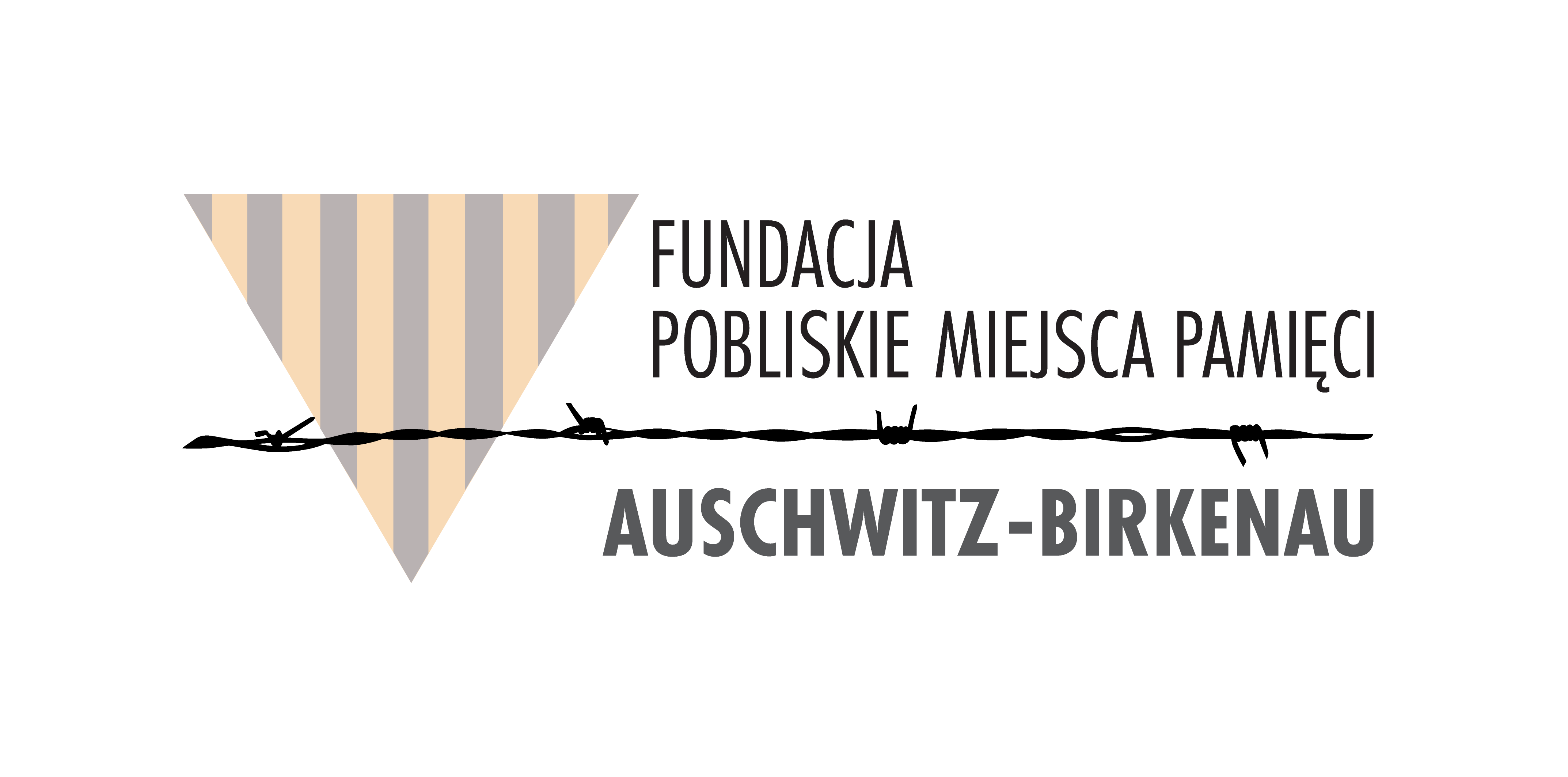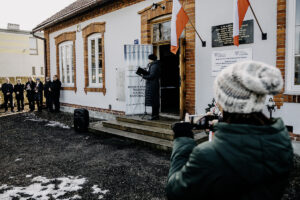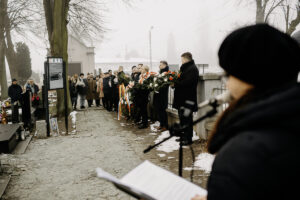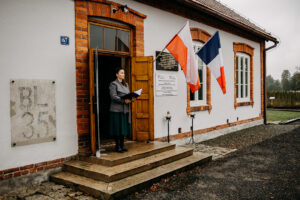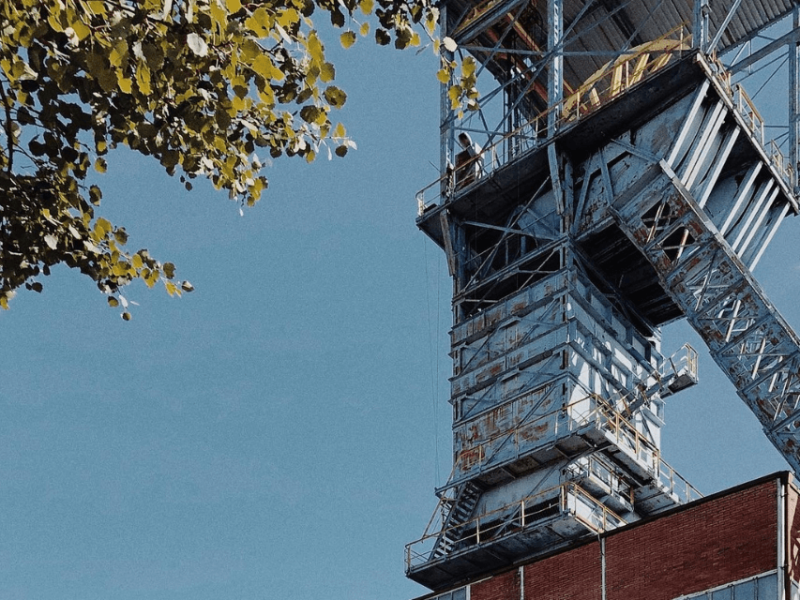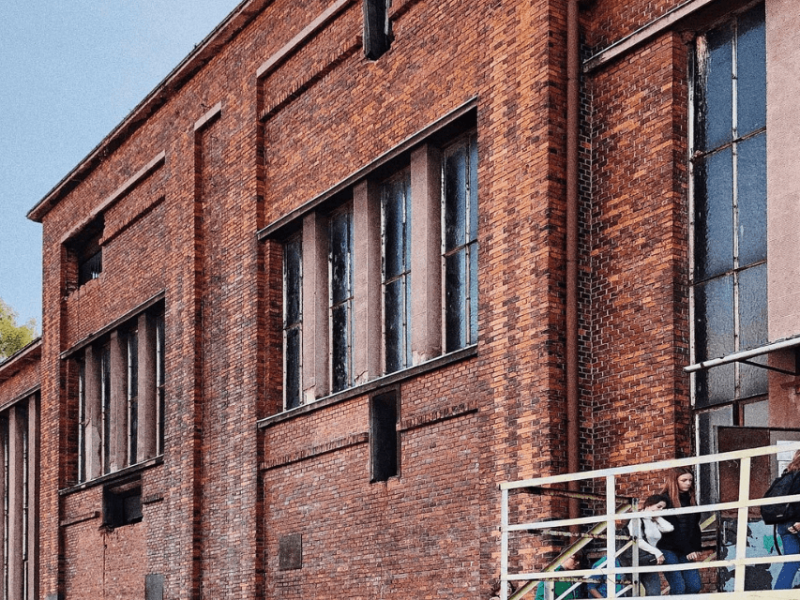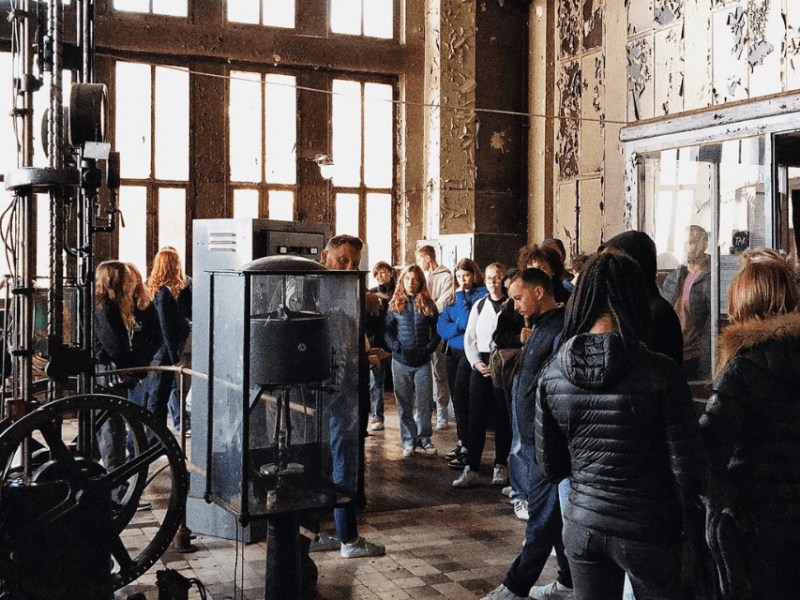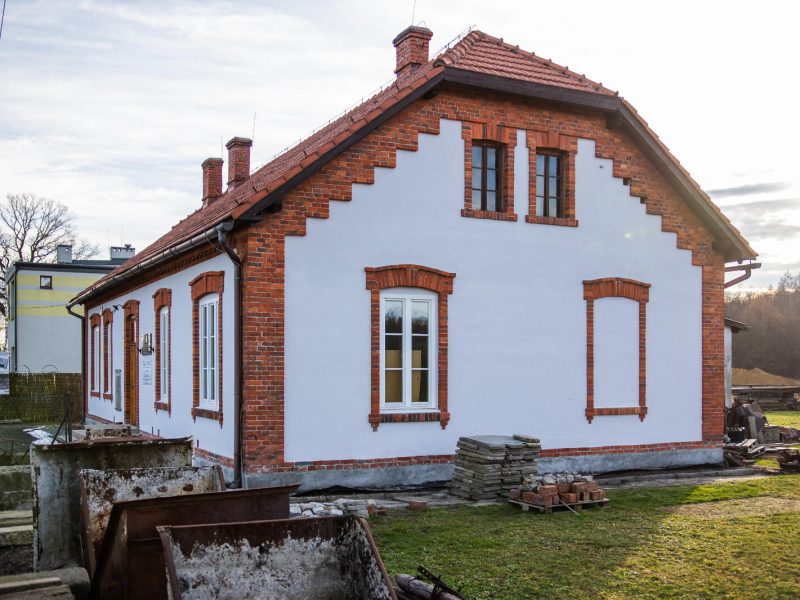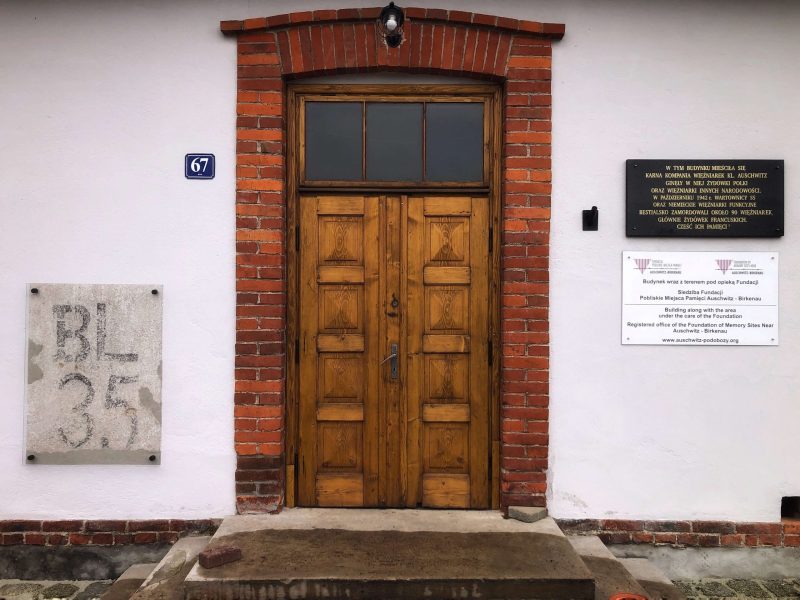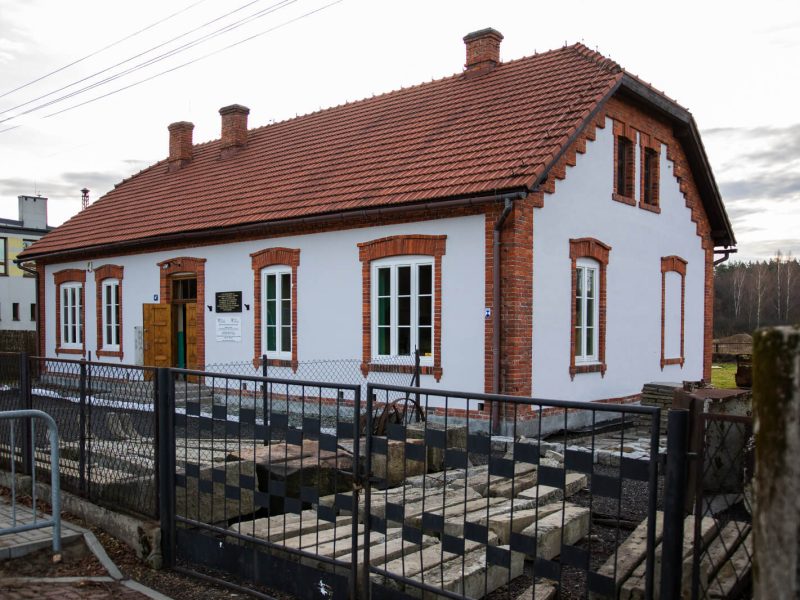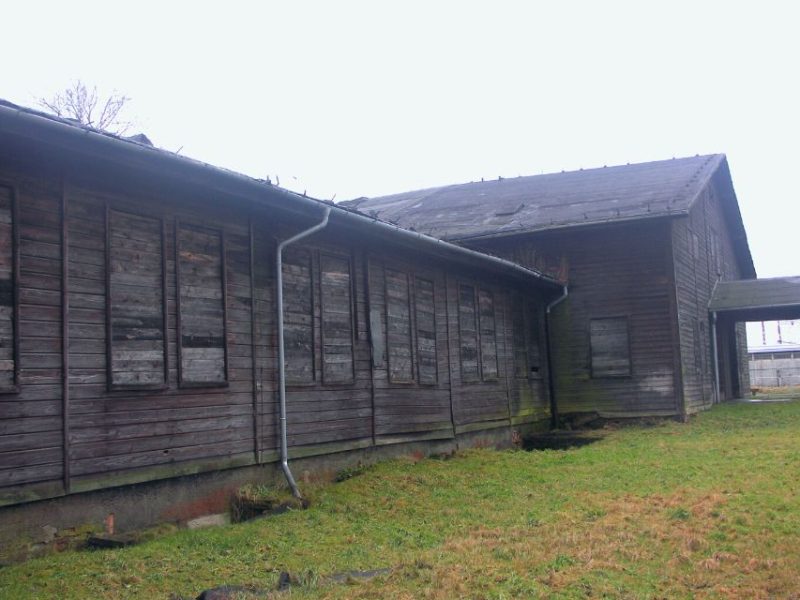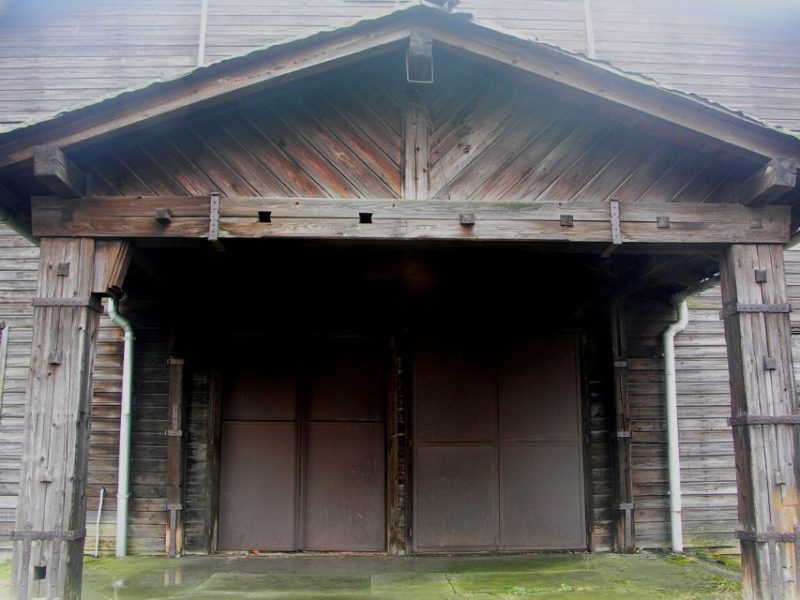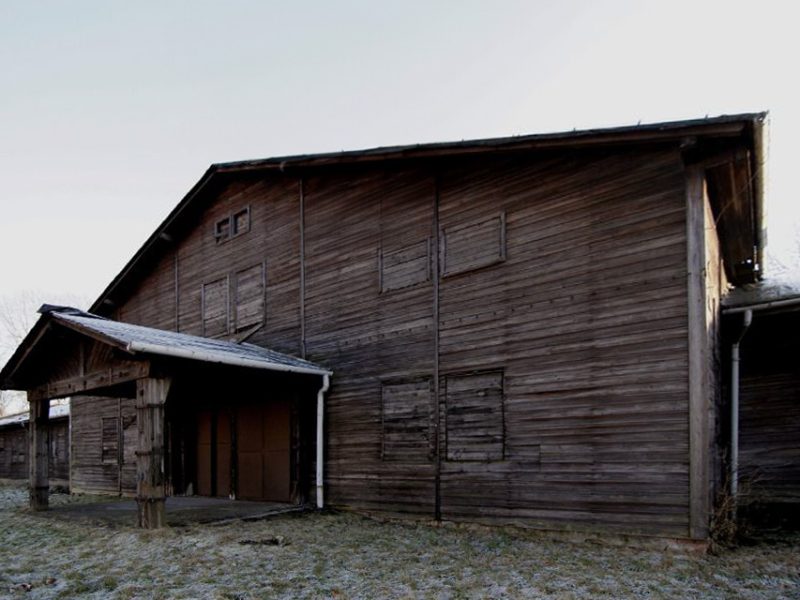Foundation of Memory Sites Near Auschwitz-Birkenau
The Foundation was established in 2013 with the aim of rescuing items, objects, and artifacts related to the former German Nazi concentration and extermination camp Auschwitz-Birkenau, as well as its subcamps, which are currently in the hands of private individuals.
The original area of operation of the entire camp system and the Auschwitz-Birkenau subcamps extended far beyond the boundaries of the present-day Auschwitz-Birkenau State Museum in Oświęcim. Many of these relics remain outside conservation control and require immediate care.
To fulfill this mission and preserve as much as possible for future generations, the Foundation aims to raise funds for their conservation, protection, storage, and promotion.
Regular exhibitions and lectures are also organized to bring the history of the camp and the fate of its prisoners closer to the public. The Foundation strives to ensure that the memory of these tragic events never fades.
To fulfill this mission and preserve as much as possible for future generations, the Foundation aims to raise funds for their conservation, protection, storage, and promotion.
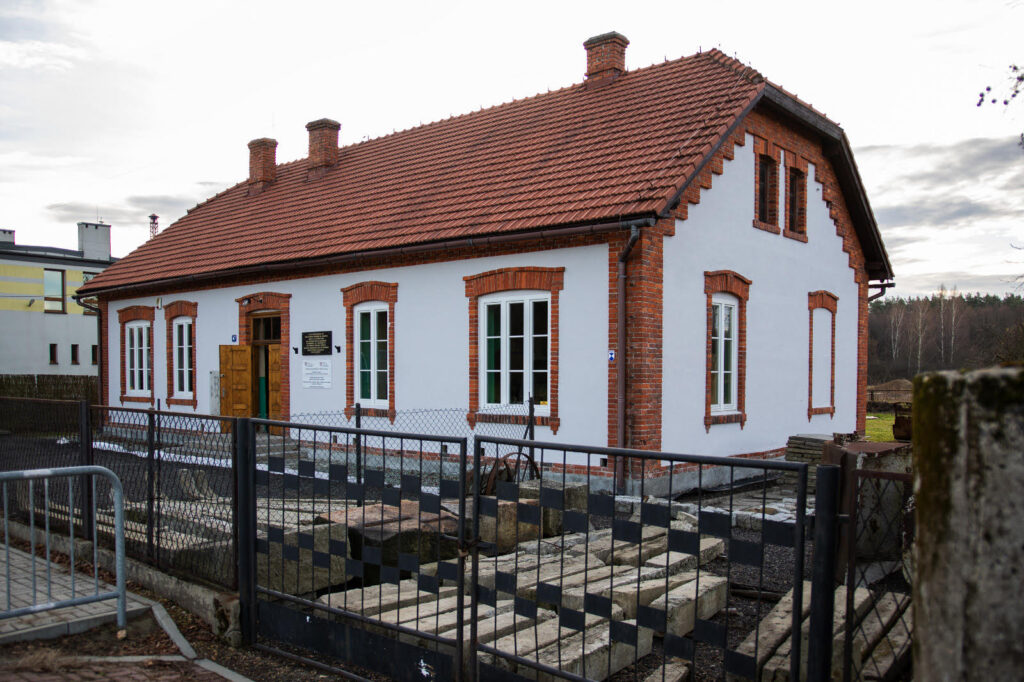
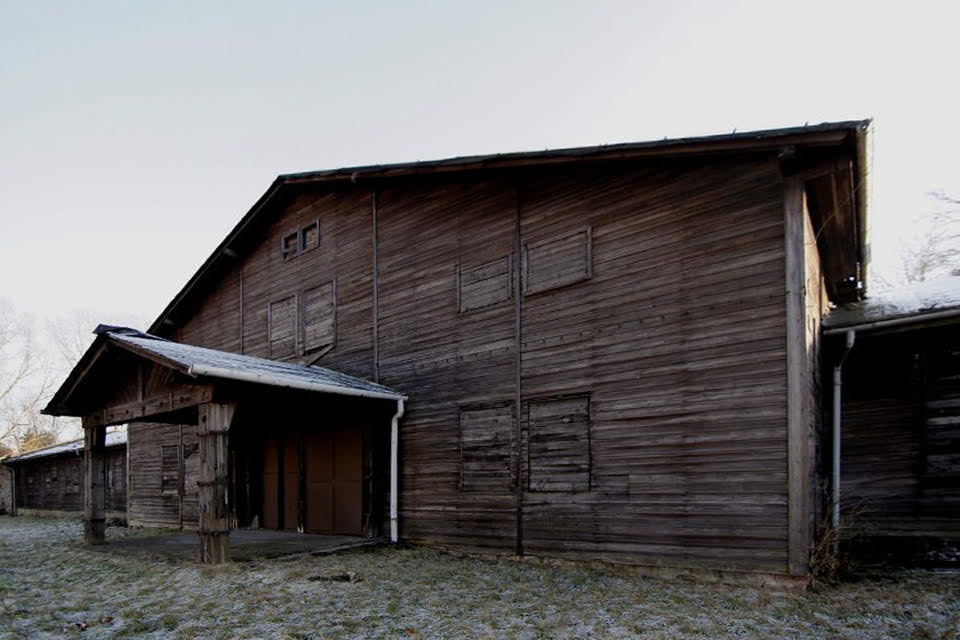
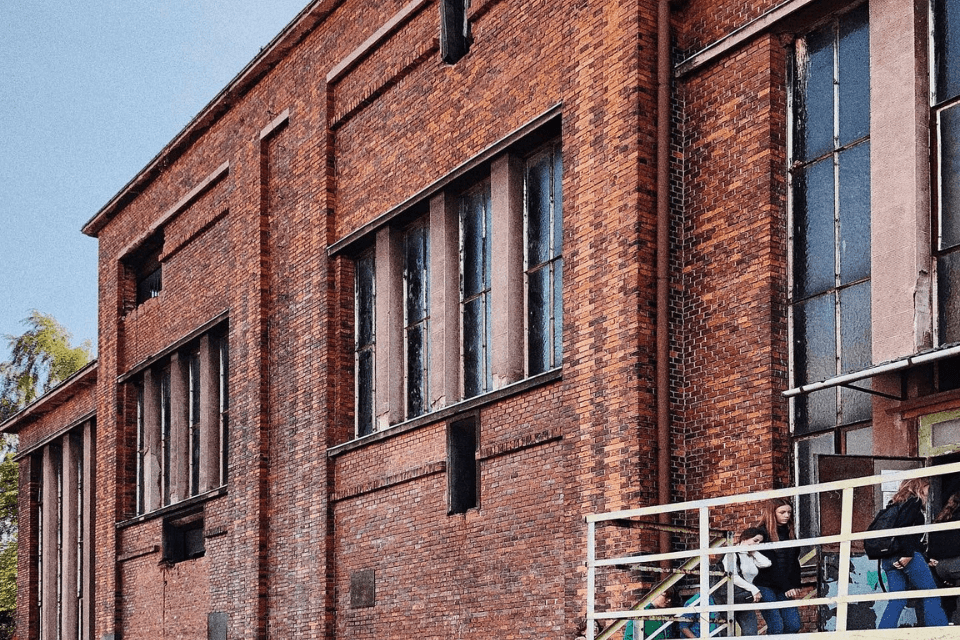
Support Heritage – Create the Future
support the Foundation
Your financial support is a drop that creates waves of change. Thanks to your generosity, we can continue our work by protecting important historical sites, conducting research, organizing educational events, and engaging the local community.
By clicking ‘Donate,’ you will be redirected to the PayPal page, where you can quickly make a donation to support the Foundation. You can also transfer funds directly to our bank account (details in the footer).
News
The Auschwitz-Birkenau Subcamps Foundation continuously undertakes efforts to preserve and promote cultural and historical heritage. Follow our latest events, project progress, and interesting social initiatives to stay up to date with our mission!
80th anniversary of the liberation of Auschwitz Concentration Camp
January 27, 2025 is the 80th anniversary of the liberation of the German Nazi concentration andextermination camp KL Auschwitz and its sub-camps, it is also the International HolocaustRemembrance Day. The...
Read More“Even though I walk through the valley of the shadow of death, I will fear no evil, for You are withme” Psalm 23/4*
80th anniversary of the Death March. The related commemoration took place today at 10.00 in Brzeszcze at the municipal cemetery, where the first mass grave is located victims of this...
Read More82nd Anniversary of the Brutal Murder of Women, Prisoners of the Women’s Penal Company
On October 5, as every year, we commemorate the anniversary of the victims of the massacre of French Jewesses – Prisoners of the Penal Company of Women of the KL...
Read MoreOur Sites
Under the care of the Auschwitz-Birkenau Subcamps Foundation are not only symbolic artifacts but also sites that hold history and memory. The SS canteen, a witness to the daily life of officers, and the Women’s Penal Company, reflecting the hardship of women in the camp, are just part of the rich heritage. The potato peelers, the Jawiszowice Subcamp, and the Jawiszowice Mine are places where history intertwines with the toil of labor and immeasurable determination.

SS Canteen
The Camp Kitchen/Canteen is a wooden building with a barrack-like structure. It was built between 1941 and 1943 through the forced labor of prisoners at the German Nazi concentration camp KL Auschwitz.
Until the camp's liberation in January 1945, it served as a kitchen, canteen, and dining hall for SS enlisted men and officers

Food Warehouses
The Potato Peeling Building, or more precisely Fünf Kartoffellagerhallen, is a 250-meter-long food storage facility with a total area of over 8,000 square meters. It consists of 10 identical halls. The building was intended for storing agricultural produce from the surrounding SS farms, where prisoners were forced to work.

IG Farben Exhibition
The exhibition consists of several thematic panels that provide a cohesive and comprehensive presentation of the origins, history, and operation of the IG Farben Werk Auschwitz factory during the occupation period, located in what is now Monowice. The display features original artifacts (items and documents) related to the factory's operations.

Women's Penal Company
In June 1942, after the escape of two Polish female prisoners, a Women's Penal Company was established in the former pre-war school building in Bór. It housed 200 Polish women, and in the neighboring barrack, 200 Jewish women of other nationalities. Prisoners could be sent to the penal company even for the slightest offenses. On the night of October 5-6, 1942, a brutal tragedy occurred in the penal company.
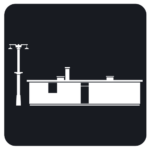
Jawischowitz Subcamp
In order to increase coal production in the nearby mines, the Reichswerke Hermann Göring decided to hire a large number of workers. A camp for forced laborers was established on the rural fields of Jawiszowice. At the same time, the company and the SS-Wirtschafts-und-Verwaltungshauptamt signed a contract to supply 6,000 prisoners from the KL Auschwitz camp to work in the mines.

Jawiszowice Mine
During World War II, the mine became a site of forced labor for prisoners of the Auschwitz-Birkenau concentration camp, who were subjected to hard and dangerous work. Children were also forced to work in the mine, depriving them of their childhood and future. Today, the mine is not only an industrial heritage site but also a symbolic place of remembrance for those who perished there.
Gallery
Support Heritage – Create the Future
Support the Foundation
Your financial support is a drop that creates waves of change. Thanks to your generosity, we can continue our work by protecting important historical sites, conducting research, organizing educational events, and engaging the local community.
By clicking ‘Donate,’ you will be redirected to the PayPal page, where you can quickly make a donation to support the Foundation. You can also transfer funds directly to our bank account (details in the footer).
Mission - Foundation of Memory Sites Near Auschwitz-Birkenau
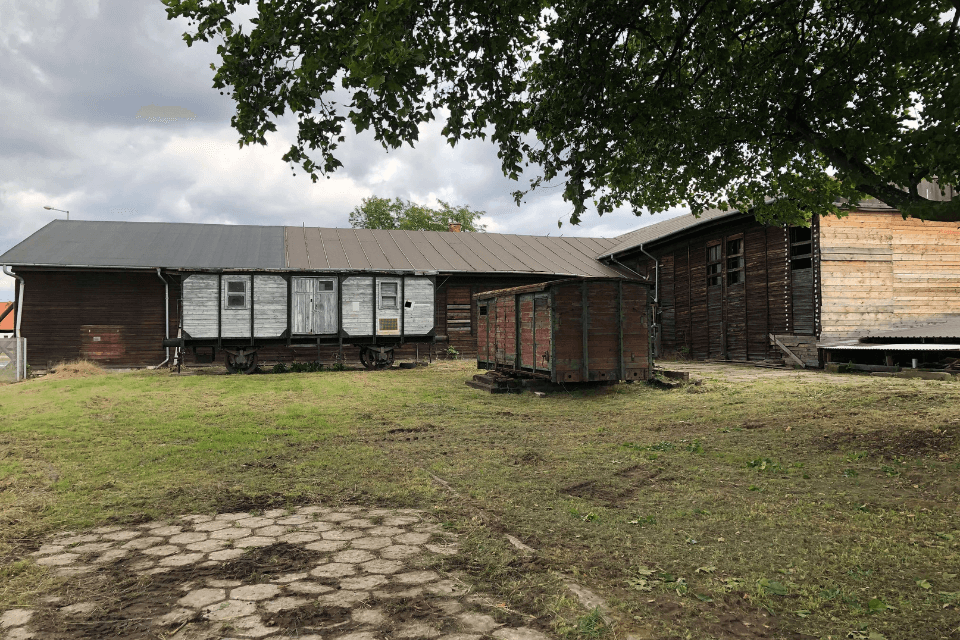
Collection Care
The primary task of the Foundation is the broad protection of items and artifacts related to the former German Nazi concentration and extermination camp Auschwitz-Birkenau, as defined by Polish law and the Code of Ethics of The International Council of Museums
Protection and Acquisition of New Memorabilia
Implementing this task requires significant resources for acquiring artifacts as well as their proper conservation according to established conservation standards. Only in this way can we preserve the artifacts that still exist. An additional element of the protection process is their storage under appropriate conditions. Another task of the Foundation is to manage the entrusted collections in accordance with current museum regulations. A modern electronic inventory system, tailored to the specifics of the collections, will allow for their proper documentation and efficient navigation through the accumulated resources.
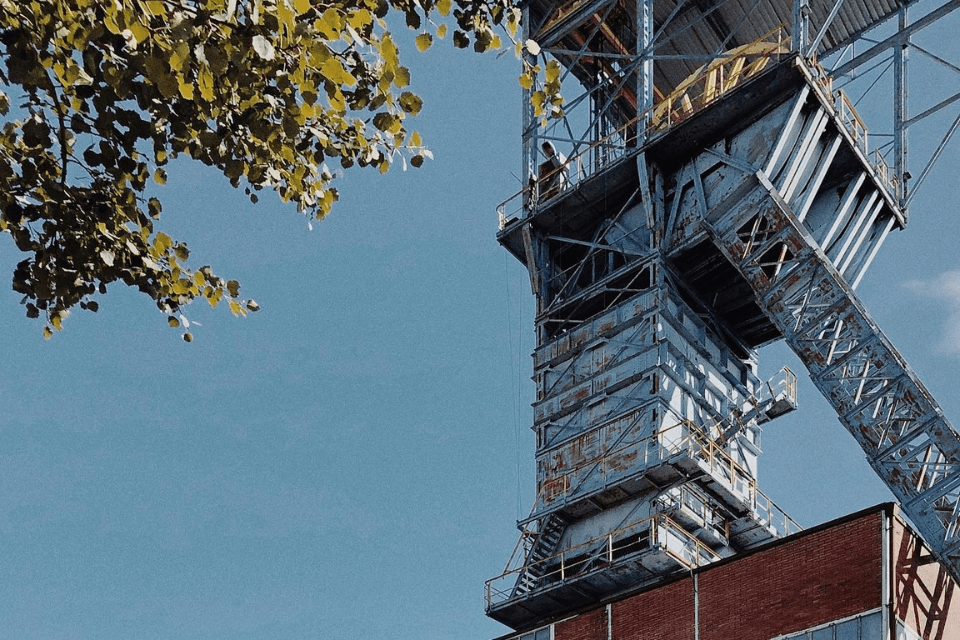
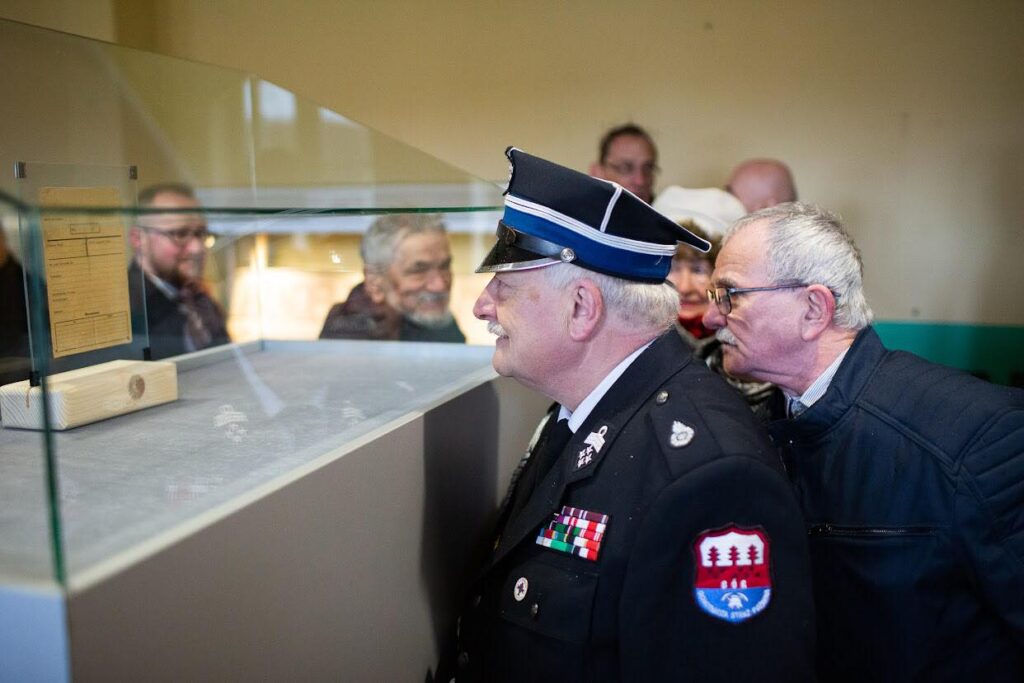
Promotion of Collections
Achieving this goal involves several elements. One of them is showcasing the curated collections through both our own exhibitions and those created in collaboration with other museums and cultural institutions, both nationally and internationally. Promotion also includes education, scientific research, and publishing activities
Exhibitions
Preserved items and artifacts from the former Auschwitz-Birkenau concentration and extermination camp should not only be protected but also displayed. By conducting exhibitions related to the history of the Holocaust, genocide, and concentration camps, we aim to share our collection with all those who wish to educate about the history of these camps and the greatest crime of the last century: genocide and the Holocaust. The Foundation is open to various forms of collaboration, including creating exhibitions, loaning the entrusted resources for displays, and providing photographs and materials related to the artifacts
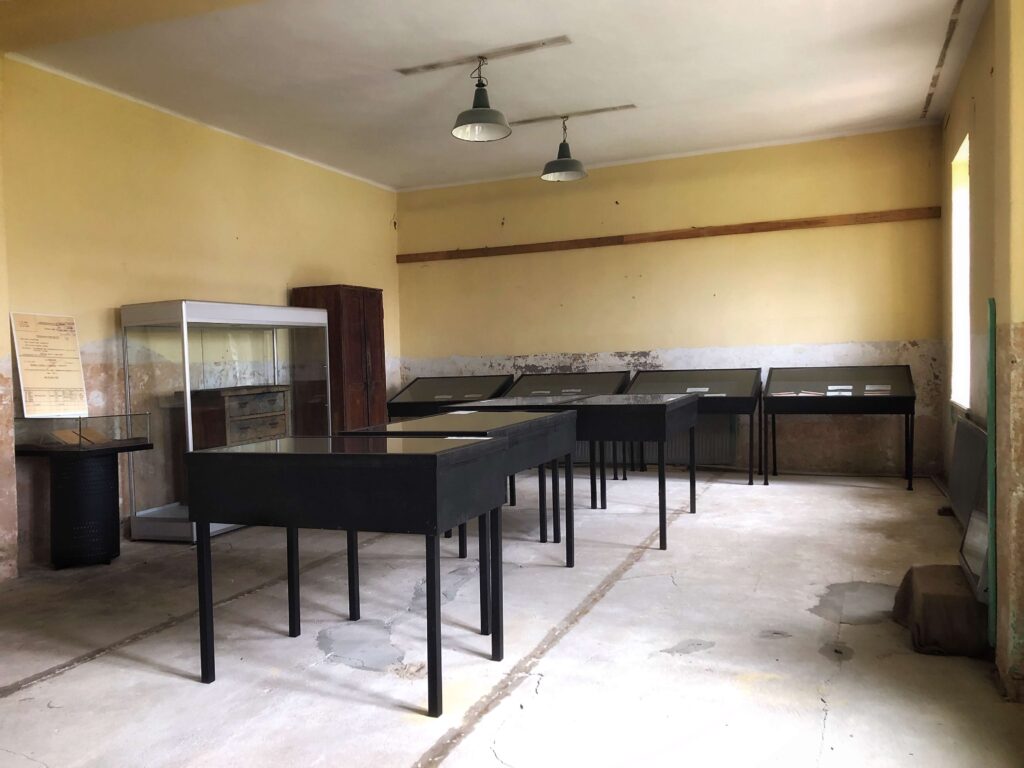
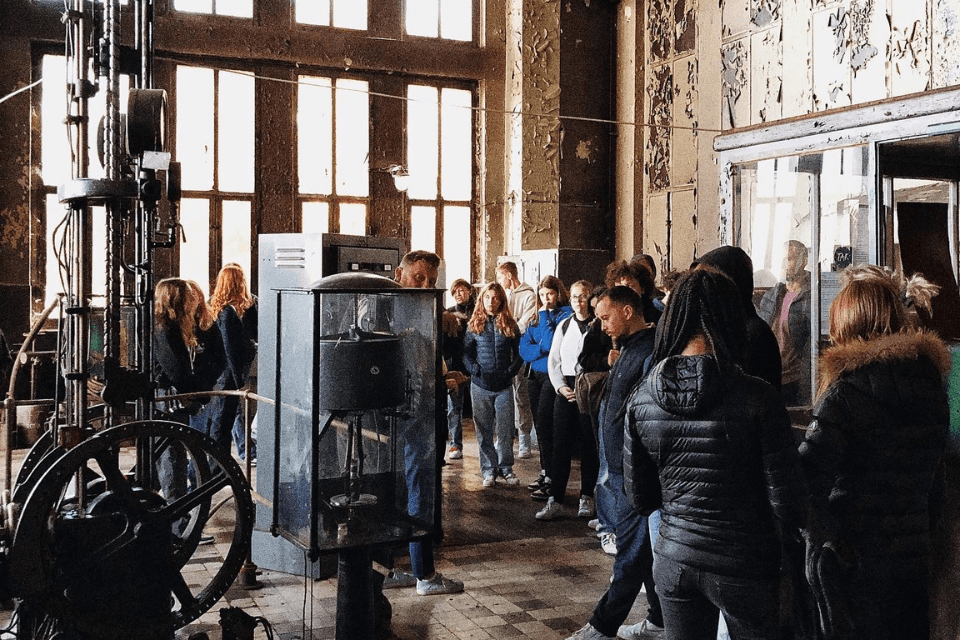
Education
Through the displayed artifacts, we aim to show visitors what the subcamps and Auschwitz-Birkenau were like. We want to present artifacts within their specific historical context, creating a cohesive narrative that reflects the circumstances they were associated with.
Education also involves exploring Places of Remembrance. Therefore, one of the Foundation’s tasks is to organize study tours, workshops, and field lessons. Only by engaging with historical sites and artifacts from these places can visitors grasp the scale of Auschwitz-Birkenau and its subcamps.
Additionally, we will organize and participate in training sessions, seminars, conferences, and lectures related to the history of the Holocaust, genocide, and concentration camps
Research Activities
The first stage in recognizing objects is their documentation. This forms the basis for studying artifacts and their role in the operation of the camps. Research on objects as products of intentional human activity is fundamental to various social science and humanities disciplines, including contemporary historical research. The cognitive value of the entrusted collections is significant for studying the history of the Holocaust and genocide. The histories of many of these objects did not end with the liberation of the camp and the end of the war. In most cases, they continued to exist in the post-camp environment, shaped by the aftermath of the war. With this awareness, the Foundation strives to gather all available information about the artifacts, including their use in the subcamps, their post-war fate, and the circumstances of their acquisition. Therefore, one of the Foundation’s tasks in promoting the collection is to initiate research on the entrusted artifacts
